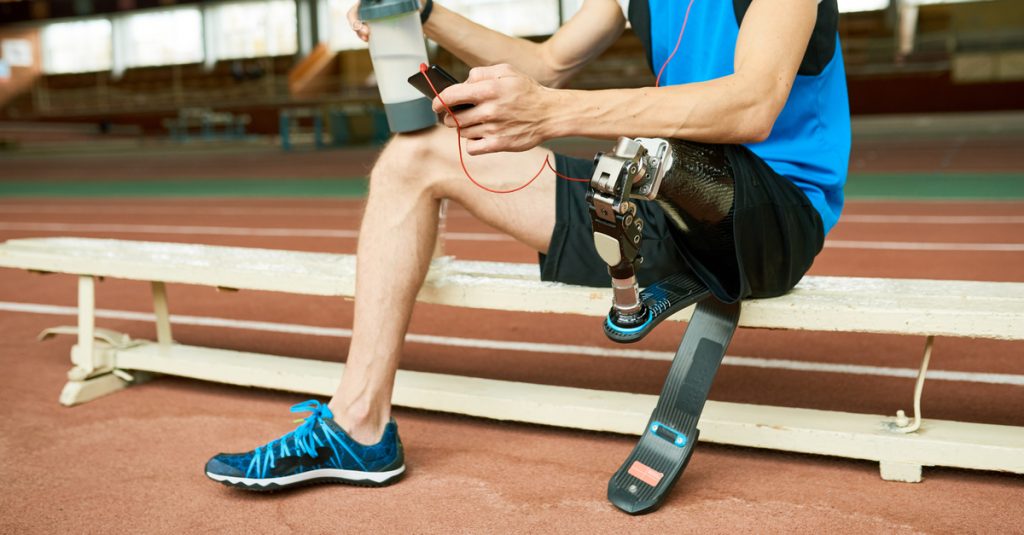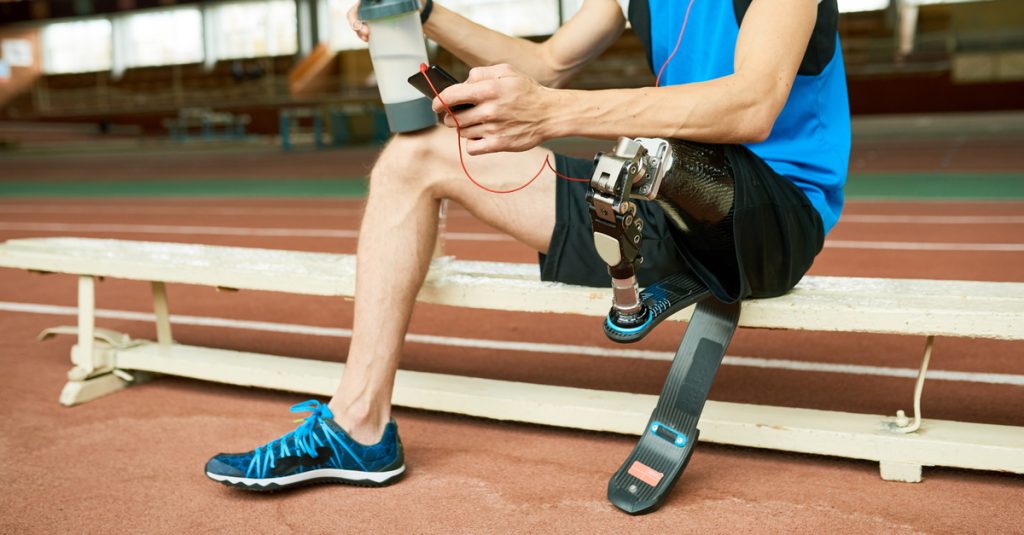If you’re new to limb loss, you probably have a lot of questions, concerns, uncertainties, and doubts. That’s normal - it’s a tough thing to get used to, one that’ll take time and effort.
We’ve worked with countless patients who have come to us after limb loss frustrated, dejected, and confused. Over the years, we’ve amassed a lot of knowledge and guidance that has helped our patients make the big adjustment and go on to live normal lives.
Here are four tips that can help you move forward, both practically and mentally.
How Do I Choose a Prosthetic Provider?
Your prosthetic device will be one of the most important things to helping you recover and get back to normal. It has to fit right, function well, and be a good match for you. The same goes for the people who make it.
A prosthetic provider, ideally, is someone who makes you feel comfortable and at ease. You’ll need to build a relationship with your prosthetist, so it makes sense to look for a place where you feel at home.
You’ll also want the best technology and the best outcomes. Ask about their devices and how they make them. Talk to previous and current patients to learn from their experiences.
Your prosthesis won’t be a good fit unless your prosthetist is a good fit.
Adapting to Wearing a Prosthesis
A lot of our patients have difficulty with envisioning how it’ll be to wear a prosthesis. It can be overwhelming, but in reality, adapting is easier than you think, with the right guidance.
One issue that comes up involves pain and discomfort. Our patients frequently ask us if wearing a prosthesis will hurt. The answer is simple: no, it shouldn’t, not if it’s designed the right way! Your body will change and adjust over time, and we’ll have to adjust your device to match, but you shouldn’t feel pain when wearing your prosthesis.
You may need rehab or physical therapy to get used to your prosthesis, especially if it’s an artificial leg, but practice makes perfect. All you have to do is work with your prosthetist and follow his or her instructions and keep at it. You will get used to it with a bit of time and patience.
There are also exercises and training you can do to strengthen your body and practice the mechanics of moving around with your prosthesis that can really help.
Coping with Phantom Limb Pain
As an amputee, you may experience phantom limb pain, which is pain or other sensations coming from where the brain thinks your limb used to be. Even though the limb isn’t there, the brain still processes signals from the body that it often interprets as pain.
Phantom limb pain can range from uncomfortable to very unpleasant. There’s no way to predict how severe it will be or when it will occur. Sometimes it lasts for a few seconds, other times it lasts for significantly longer.
Fortunately, you can treat it. There are ways to help patients cope with phantom limb pain that include everything from deep brain stimulation to non-opiate analgesics for pain management.
Read this post on phantom limb pain to learn more about these methods and what you can do.
Adjusting Is All About Learning
We won’t tell you that as an amputee, you can do anything you put your mind to, just like a person with all of his limbs. That’s not true - you will have to adjust, and there will be things that are more difficult for an amputee to do.
But that’s okay, because as you get practice and experience, you can learn ways to do just about anything you want.
Living after limb loss is about finding ways to do things you want to do with whatever works, while understanding that you don’t have to do things like you used to be able to do. It’s healthy to say to yourself, “This will be hard at times and I’m going to have to be a bit creative, but I can figure it out.”
Whether it’s getting in and out of the shower or carrying a load in your arms while walking on your prosthetic leg, you’ll eventually develop systems and habits to function and get around. You’ll train your brain and your body at the same time, and you’ll learn - and with learning comes a more normal life.
Don’t think you have to be the same as a “normal” person. You just have to be you and do things your way. Take pride in being different and in solving puzzles that other people don’t have to face. You’ll feel a sense of accomplishment that other people will never understand.
Life doesn’t end at limb loss - it’s just beginning. Talk to us about getting a prosthetic device and taking the first steps forward in the newest part of your journey.

